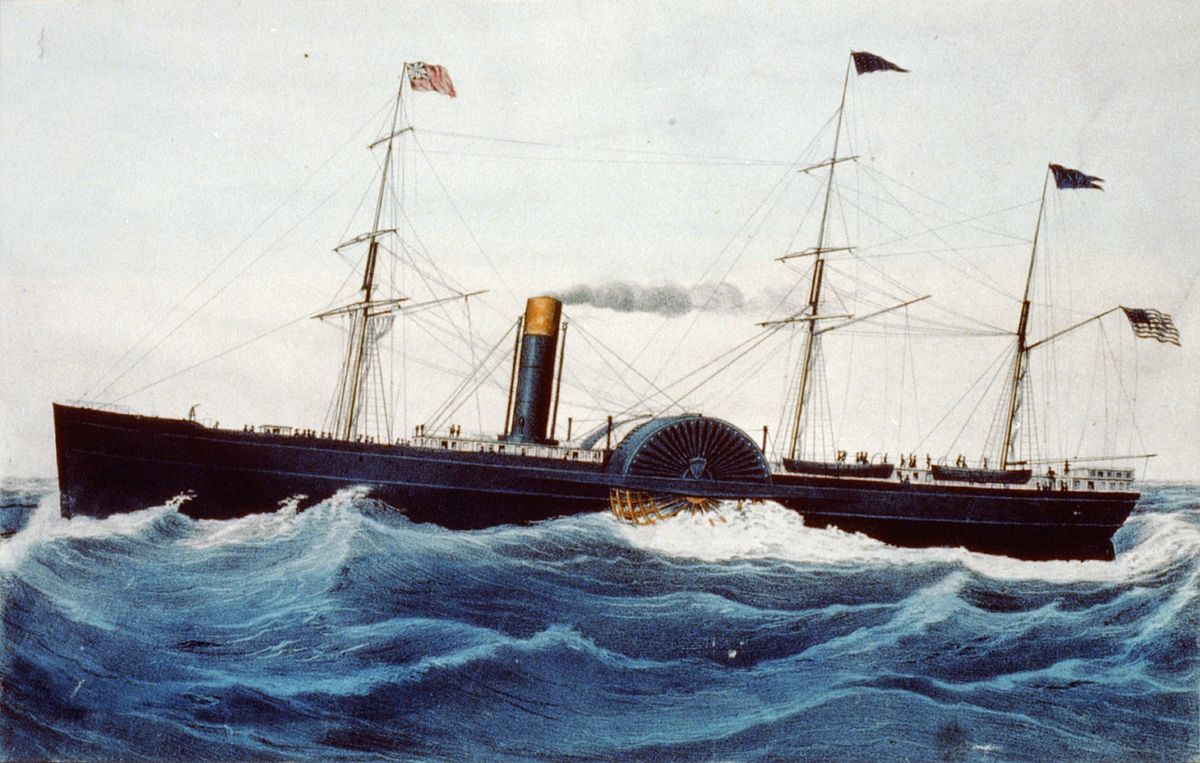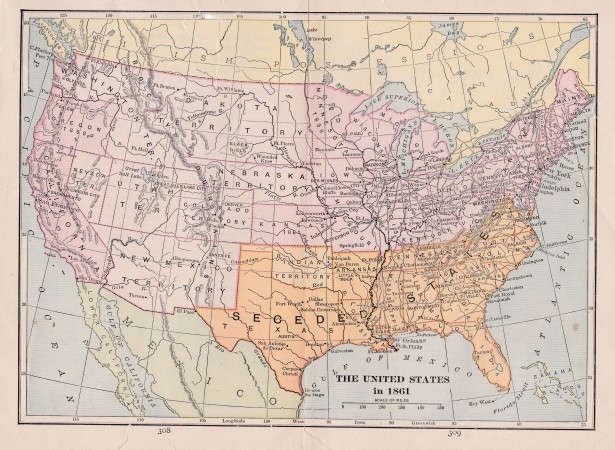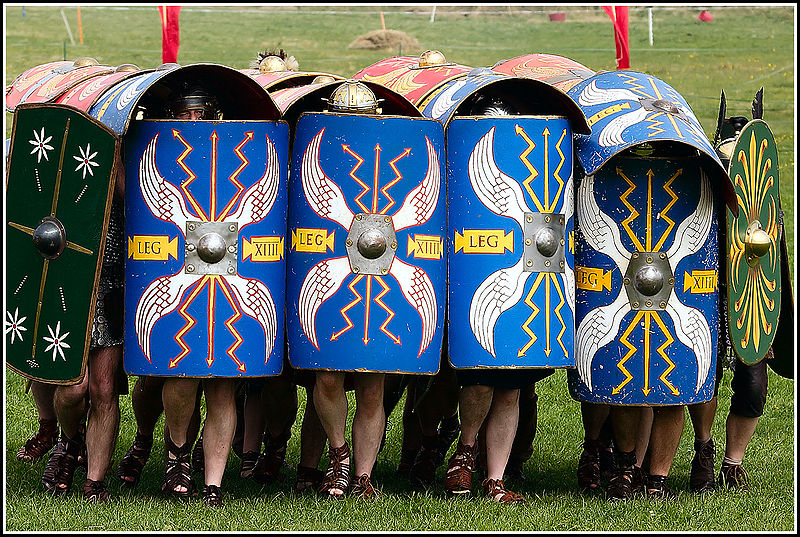
Ironclads
The battle between the USS Monitor and the CSS Virginia was an important event in the Civil War. However, this famous sea battle has significance not only to the conclusion of the war itself but because of this event the nature of how ships are made will never be the same again.

Tall ships and stars to steer them by
From the earliest times, all ships were made of wood.

'tis only natural after all. Ships are to float on water and wood also floats.
Even as late as the middle 1800's steam engines starting replacing sails, but ships were still made of wood.

The Civil War and the Ironclads
So in 1861, the Civil War broke out when Southern states declared their independence from the rest of the United States.

The United States decided that part of their war effort was to use the Navy to block all southern ports. Nothing goes in and nothing comes out.
Something had to be done. The south needed some way to break out and through this blockade.
The CSS Virginia
The South's idea for destroying the Union navy was a bit of an old idea. The Romans used it for a formation they called the "turtle."

Photo by David Friel*
In this case took the remains of a captured ship, the USS Merrimack, and built an iron fort on top of it.

The sides of this fort were sloped so that cannonballs would bounce off it. The CSS Virginia was born into the world.
But the Union had ideas of their own.
USS Monitor
The Swedish inventor John Ericson came up with a completely new idea on how ships could be built. It was different in many ways:
Instead of the ship having rows of cannons on each side, his ship has only two cannons set in a turret can that was able to turn in whatever way they wanted to fire the guns.
The deck was near the water. An onlooker would mainly see the turret, but very little of the ship would be visible.
The ship is made entirely of iron.
Made of iron? Yet iron doesn't float. Yes, but an iron ship can float because of the air inside it. And in fact, it can float very well. (See my article on buoyancy.)
This new ship was called the USS Monitor.

These two new creations were bound to meet, and the world would never be the same again.
The battle
On March 8, 1862, the CSS Virginia sailed out to do battle with the Union Navy. Despite the best efforts of the Union Navy, the CSS Virginia made quick work in sinking the USS Cumberland and USS Congress. It also disabled a third ship, the USS Minnesota, and left it stuck in shallow water where it couldn't get away. At this point the Virginia, feeling good about their day's work, called it a day and pulled away – planning to finish the Minnesota off the next day.
However, the next day the Virginia returned only to find they were joined by a new, strange, ship.
It was the USS Monitor, it had been sent out to stop the Virginia.
Time and again the two ships pounded each other with their cannon, and time and again neither could do serious damage against the other.

Finally, a blast injures the captain of the Monitor. In the smoky confusion, the next in command then ordered the Monitor back. The Virginia, thinking they had won, leaves feeling victorious. The Monitor, seeing the Virginia leave, also leaves and claims victory.
Who won? The discussion continues to this day.
What came of it
Making ships out of steel changing everything. The reason is that one can make bigger ships with steel than wood.
And boy did they!
In the early 1800s, ships weighed at most 20,000 tons. About fifty years later the Titanic was made with its 46,000 tons.

Today the big ships are the supertankers, weighing over 500,000 tons!

And all this, because of a clash of two ironclads in 1862.
Great Films
There good films that put the modern learner into the events of the Civil War to learn of the events and times.
Gone with the Wind
(1939) This movie does a very good job depicting life in the South during the war. One of the main characters, Rhett Butler, makes a fortune during the war running the naval blockade. When we showed it to our children we omitted the ending part after the war and its drama.
Gettysburg
(1993) A very good depiction of this pivotal battle and accurate casting. Also, all major characters have the opportunity to share their feelings about the war and their views on it.
Glory
(1989) Story of the 54th Massachusetts, one of the first all-black units for the Union.
The Blue and the Grey
(1982) Miniseries depicting all major events in the Civil War. Some of the content may be a little rough for young viewers.
On the web
The Monitor and the 'Merrimack
The 1991 movie Ironclads depicts the development of these two ships and the famous battle. The famous battle scene is worth the watch. This online clip shows the battle as well as a meeting between Lincoln and John Ericson afterwords where Ericson is angry and disappointed in the Navy's development of his idea.
*License by creative common 2.0.
Don't miss out on future posts! Sign up for our email list and like us on Facebook!
Check out more hot topics, go back to Home Page
Comments? You can contact me at mailbox@thehomegrownprofessor.com